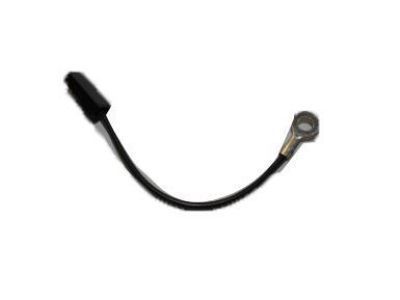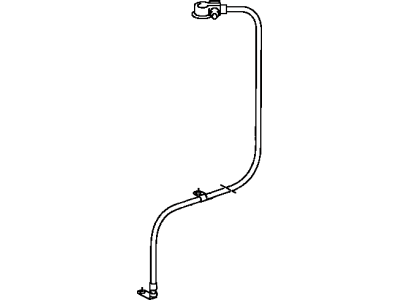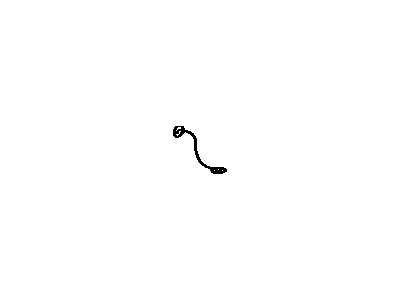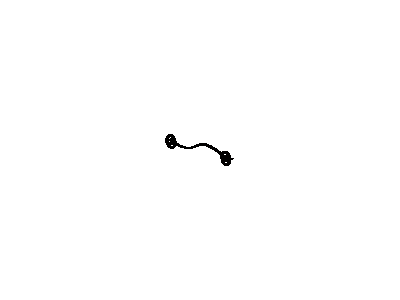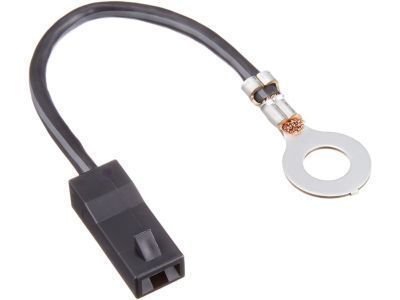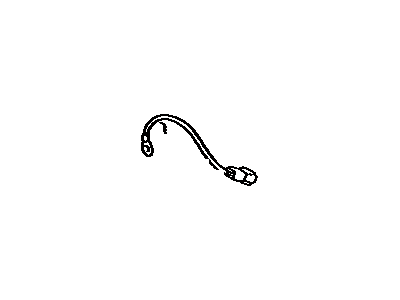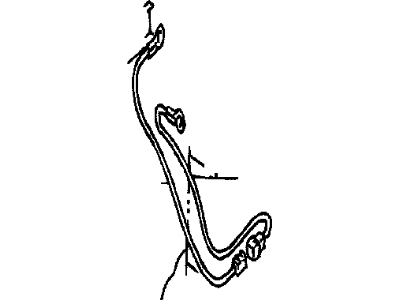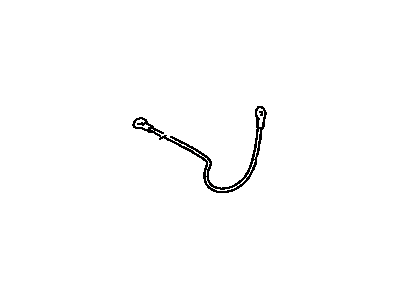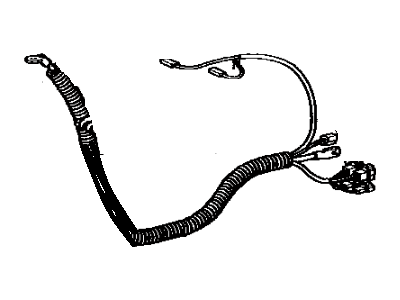

My Garage
My Account
Cart
Genuine Toyota Celica Battery Cable
Car Battery Cable- Select Vehicle by Model
- Select Vehicle by VIN
Select Vehicle by Model
orMake
Model
Year
Select Vehicle by VIN
For the most accurate results, select vehicle by your VIN (Vehicle Identification Number).
59 Battery Cables found
Toyota Celica Bond Cable
Part Number: 90980-07299$11.17 MSRP: $15.62You Save: $4.45 (29%)Ships in 1-3 Business DaysToyota Celica Battery To Starter Cable
Part Number: 82123-20420$61.76 MSRP: $87.06You Save: $25.30 (30%)Ships in 1-3 Business DaysToyota Celica Bond Cable
Part Number: 90980-07148$15.15 MSRP: $21.18You Save: $6.03 (29%)Ships in 1-3 Business DaysToyota Celica Bond Cable
Part Number: 90980-07114$5.36 MSRP: $7.56You Save: $2.20 (30%)Ships in 1-3 Business DaysToyota Celica Bond Cable
Part Number: 90980-07225$10.48 MSRP: $14.65You Save: $4.17 (29%)Ships in 1-3 Business DaysToyota Celica Bond Cable
Part Number: 90980-07062$13.23 MSRP: $18.50You Save: $5.27 (29%)Ships in 1-3 Business DaysToyota Celica Cable, Battery To Starter
Part Number: 82123-20401$34.62 MSRP: $48.39You Save: $13.77 (29%)
| Page 1 of 3 |Next >
1-20 of 59 Results
Toyota Celica Battery Cable
If you are in demand for superior quality and affordable OEM Toyota Celica Battery Cable, then shop with us! We own a wide range of the reduced-priced genuine Toyota Celica Battery Cable. You can purchase in confidence as all parts come with a manufacturer's warranty. Any issues with our products? No need to worry as we have a hassle-free return policy to guide you every step of the way.
Toyota Celica Battery Cable Parts Questions & Experts Answers
- Q: How should you inspect and replace battery cables on Toyota Celica?A:Periodically inspect the entire length of each battery cable for damage, cracked or burned insulation, and corrosion, as poor connections can lead to starting problems and decreased engine performance. Check the cable-to-terminal connections for cracks, loose wire strands, and corrosion; white, fluffy deposits under the insulation indicate corrosion and necessitate replacement. When removing cables, always disconnect the negative cable first and connect it last to avoid shorting the battery. If the vehicle's stereo has an anti-theft system, ensure to check relevant information before detaching the cable. Disconnect old cables from the battery, tracing them to their opposite ends to detach from the Starter Solenoid and ground terminals, noting their routing for correct installation. If replacing cables, take the old ones for comparison, as positive cables are typically red and larger, while ground cables are usually black and smaller. Clean the threads of the solenoid or ground connection with a wire brush to remove rust and corrosion, then apply a light coat of corrosion inhibitor or petroleum jelly to prevent future issues. Attach the cable to the solenoid or ground connection, tightening the mounting nut or bolt securely. Before connecting a new cable to the battery, ensure it reaches the battery post without stretching, connecting the positive cable first, followed by the negative cable.
Related Toyota Celica Parts
Browse by Year
2005 Battery Cable 2004 Battery Cable 2003 Battery Cable 2002 Battery Cable 2001 Battery Cable 2000 Battery Cable 1999 Battery Cable 1998 Battery Cable 1997 Battery Cable 1996 Battery Cable 1995 Battery Cable 1994 Battery Cable 1993 Battery Cable 1992 Battery Cable 1991 Battery Cable 1990 Battery Cable 1989 Battery Cable 1988 Battery Cable 1987 Battery Cable 1986 Battery Cable 1985 Battery Cable 1984 Battery Cable 1983 Battery Cable 1982 Battery Cable 1981 Battery Cable 1980 Battery Cable 1979 Battery Cable 1978 Battery Cable
